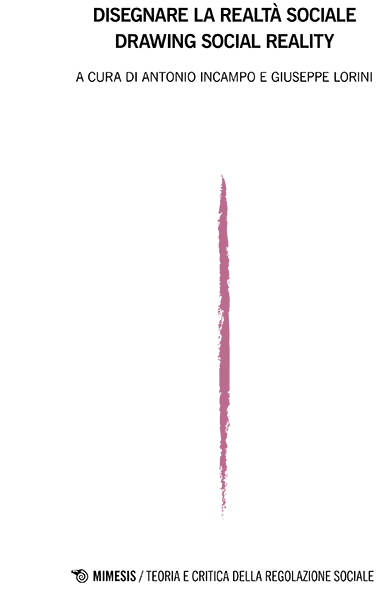Abstract
This contribution deepens the following issue: whether the graphic-symbolic representation can be used to account for that particular social and cultural phenomenon that is the education. We will present some geometrical images considered particularly suitable to represent and explain three distinct didactic models, which make up the pillars of an original formative theory that will be detailed. The triangle ordinarily intended to mean the concept based learning, hinged on the traditional lecture. The triangle by absence and “inverted,” a figure that outlines the problem based learning and its typically bottomup dynamics. The composite triangle illustrated by Gaetano Kanizsa, which springs from the overlap/opposition of the previous ones, shows the graphic representation of a socratically oriented educational model because it focuses on choice, choice based learning. Finally, the contribution will address the directional graphic dynamics that characterize and explain the three educational models presented here.
Parole chiave: Education; Concept based learning; Problem based learning; Choice based learning; Triangle; Socratic method
Indice: 1. Introduzione – 2. Un originale schema formativo – 3. L’apprendimento di forme concettuali definite – 4. L’apprendimento attraverso l’assenza di forme concettuali definite – 5. La compresenza agonistica di forme definite e forme non definite (o definite per assenza) – 6. Osservazioni conclusive – Riferimenti bibliografici

